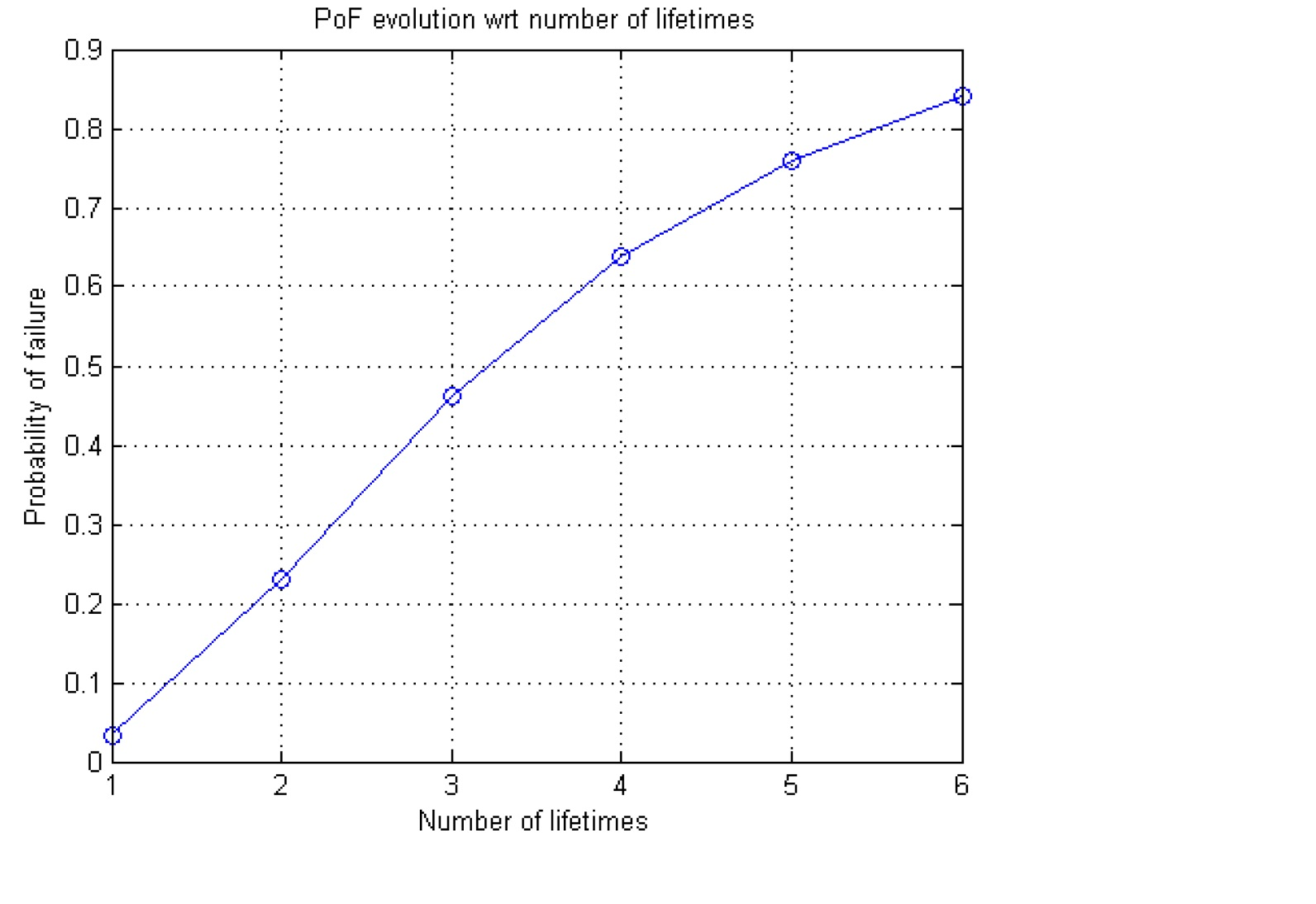Reliability of mechanical systems & parts
| Programme: | TRP Workplan | Achieved TRL: | 4 |
| Reference: | T725-402QQ | Closure: | 2016 |
| Contractor(s): | Matrisk (CH), Jena-Optronik (DE), Space Structures (DE) | ||
Current reliability assessment practices focus mainly on electronic elements, use assumptions with limited validity for mechanical parts (i.e. constant failure rate), and do not consider relevant factors related to mechanical design (e.g. design margins, process performance, physics of failure).
Objectives
Define the most suitable methods to analyze and assess the reliability of mechanical systems and parts, provide methods and procedures for reliability verification by testing and provide inputs for the development of a handbook on reliability assessment of mechanical systems and parts (applicable to any future space mission).
Achievements and status
An overview on the current best available practices in reliability analysis of technical systems is provided. Specific guidance is given which methodology to use in which context. For selected specific processes in mechanisms (such as wear, fatigue, material degradation) limit state functions have been formulated to calculate the reliability either with exact methods (such as Monte Carlo Simulation) or with simplified approaches. The limit state functions are the direct link from the design to the reliability. Based on the results of the simplified approach a first ranking can help to decide if exact methods need to be applied. The methods were applied to an optical electro-mechanical Scanner to show their application in practice. It was observed that mechanical parts can have a comparable reliability as EEE components, which indicates the high relevance of the use of these methods in future space missions.

Benefits
The proposed methods can be used to get a better estimate, to calibrate the safety factors used in the design, help in the decision on possible lifetime extensions, help in combining information from different sources and in updating the estimate once new information becomes available (e.g. due to tests or in-orbit experiences).
Next steps
Apply the new methods to gain experience, improve the basis (modelling and database) for future applications, use the new methods to improve reliability verification and use the study results as input for the GSP study on the development of a new reliability prediction methodology.















 Germany
Germany
 Austria
Austria
 Belgium
Belgium
 Denmark
Denmark
 Spain
Spain
 Estonia
Estonia
 Finland
Finland
 France
France
 Greece
Greece
 Hungary
Hungary
 Ireland
Ireland
 Italy
Italy
 Luxembourg
Luxembourg
 Norway
Norway
 The Netherlands
The Netherlands
 Poland
Poland
 Portugal
Portugal
 Czechia
Czechia
 Romania
Romania
 United Kingdom
United Kingdom
 Slovenia
Slovenia
 Sweden
Sweden
 Switzerland
Switzerland


























